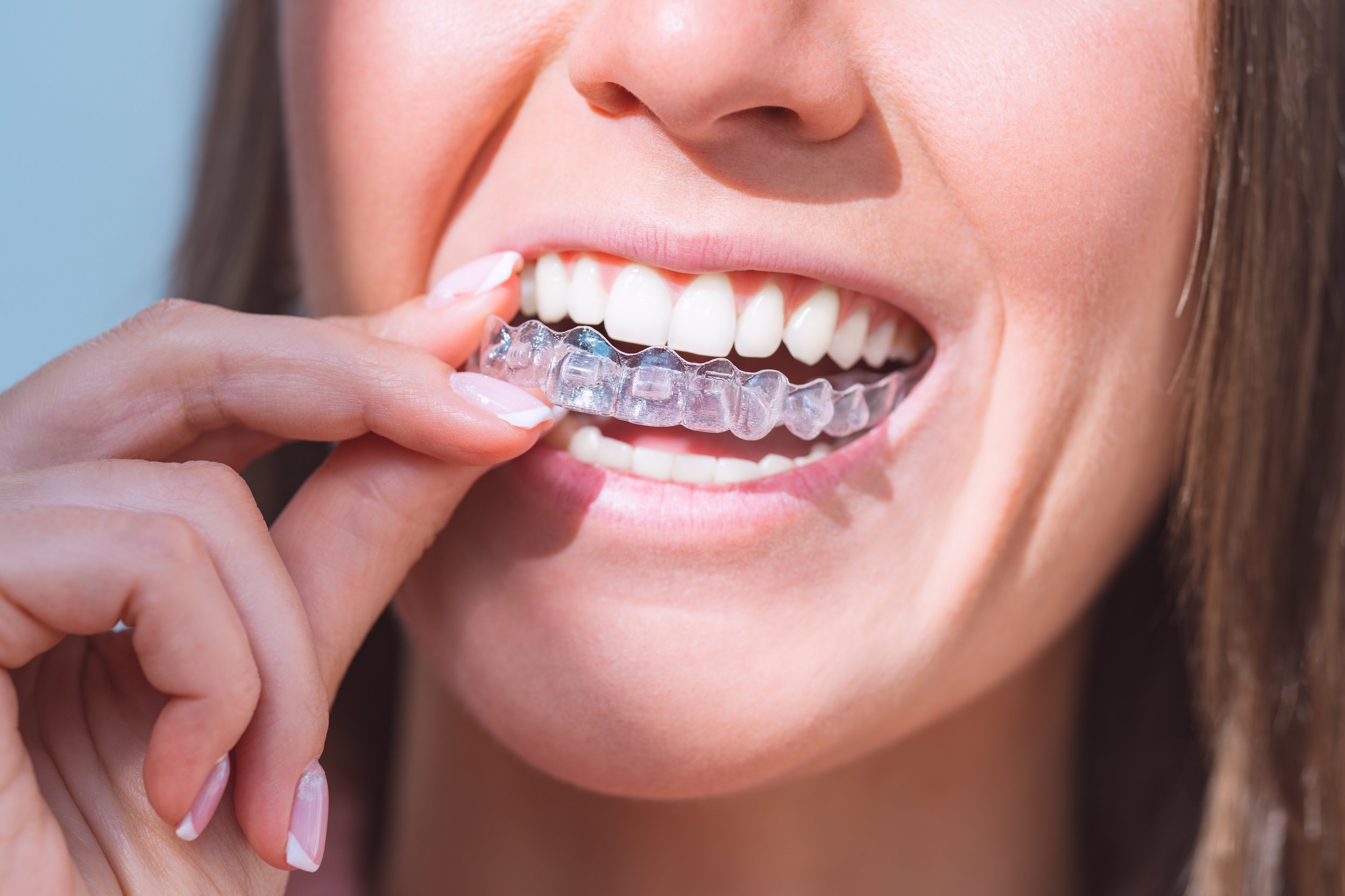Emergencies strike without warning, leaving people scrambling to prioritize their health and well-being. Whether it is a sudden toothache, a knocked-out tooth, or any other dental problem that requires immediate attention, knowing how to prepare for emergency dental care in McKinney TX, can make the process smoother.
What Should You Bring During an Emergency Dental Visit?
If you have faced a dental emergency, then it is vital to bring a few things with you, which include–
1. Dental Insurance Information
Ensure you have your dental insurance information before making an emergency dental appointment. This includes your policy number, insurance card, and other pertinent information. By giving this information up front, you can better understand your coverage for emergency dental care and speed up the administrative procedure.
2. Identification and Contact Information
To prove your identity, bring a legitimate form of identification, which includes a passport or driver's license. Give current contact details, such as your address and phone number. In order for the dentist's office to contact you about follow-up care, appointments, or other important communications, they need this information.
3. List of Medications
Make a note of all the medications you are taking now, including the dosages. The dentist must consider all the information when deciding on the best course of action for your emergency dental care in McKinney, TX. Add any vitamins, herbal remedies, prescription, and over-the-counter medications.
4. Previous Dental Records (if available)
The patient must bring their prior dental records if they can access them. This might give the emergency dentist important information about your dental history, past procedures, and unresolved issues. The dentist can make educated recommendations about your emergency care if they thoroughly understand your dental history.
5. Any Relevant X-rays or Images
Bring any recent dental X-rays or any pictures connected to the emergency to the consultation. The dentist can use these diagnostic techniques to help assess the problem's severity and choose the best course of action. In the event that the emergency dentist does not have access to recent X-rays, they might take new ones while you are there.
6. Payment Options
Be ready to go over your emergency dental care payment choices. Ask about the accepted payment options, such as credit cards or flexible financing plans, if you don't have dental insurance or if your plan has restrictions. You may concentrate on your dental health and create a more seamless process by communicating clearly about financial arrangements.
What to Expect During Emergency Dental Appointment?
1. Thorough Evaluation
You may anticipate a comprehensive assessment of your dental emergency when you arrive at the emergency dental office. The dentist will determine the extent of the issue, ask you about your symptoms, and review any pertinent data you submitted, like your prescription schedule and medical history. The dentist gains an understanding of the urgency and intricacy of your case through this preliminary assessment.
2. Diagnostic Procedures
The dentist may use imaging scans or X-rays as diagnostic tools, depending on the type of dental emergency. With the aid of these diagnostic instruments, the dentist can obtain a comprehensive image of the affected area, pinpoint underlying problems, and provide precise diagnoses. Emergencies, including trauma, fractures, or infections, benefit greatly from X-rays.
3. Pain Management
The dentist will prioritize pain treatment as part of emergency care if you are in severe pain. This could entail giving painkillers to reduce discomfort or numbing the affected area with a local anesthetic. Controlling pain is essential to provide the patient with quick relief and make their experience more comfortable.
4. Treatment Options and Recommendations
The dentists in McKinney TX, will discuss the possible treatment options and provide recommendations based on the severity of the dental emergency when the evaluation and tests are finished. Treating the current problem and stopping future difficulties may entail operations like tooth extractions, root canal therapy, dental fillings, or other treatments.
5. Need an Educated Person with a Patient
A vital aspect of emergency dental care is having someone who has proper education so they understand what your dentist wants to say. The dentist will take the time to explain the diagnosis, recommended treatments, and any necessary follow-up care. Understanding the nature of the dental emergency, the proposed solutions, and preventive measures empowers patients to make informed decisions about their oral health.
6. Follow-up Care and Appointment
Following the emergency dental operations, the dentist will make appointments for further treatments or evaluations and go over any follow-up care that may be required. Follow-up care is essential to track the healing process, take care of any lingering problems, and guarantee the long-term effectiveness of emergency dental procedures.
7. Emergency Dental Procedures
The dentist may do some procedures in the same appointment, depending on the nature of the emergency. For instance, the dentist might try stabilizing and realign a knocked-out tooth. Emergency dental procedures like extractions or root canals may be required to treat serious decay or infection as soon as possible.
8. Post-Appointment Instructions
Before you leave the office, you will receive post-appointment instructions from the dentists in McKinney, TX, or dental staff. These could include dietary limitations, dental hygiene guidelines, and suggestions for treating pain or swelling. Adhering to these guidelines religiously enhances the efficacy of urgent dental care.
Conclusion
Preparing for an emergency dental visit involves gathering essential information, bringing necessary documents, and knowing what to expect during the appointment. By taking proactive steps and maintaining clear communication with the dental team, you can confidently navigate dental emergencies, knowing that you are on the path to prompt and effective oral healthcare.
Remember, swift action and thorough preparation can make a huge difference in addressing dental emergencies and preserving oral health.






